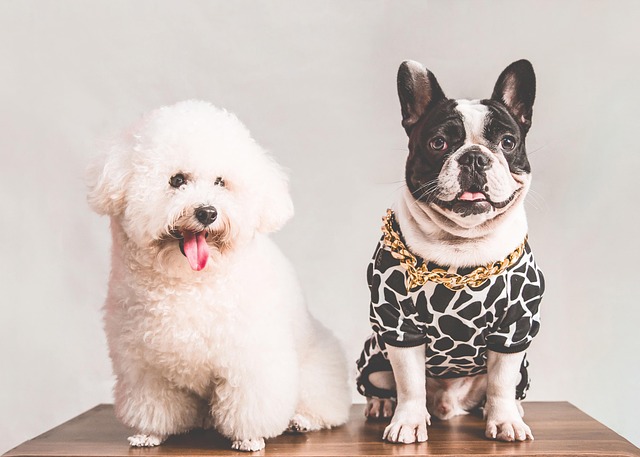
How to train a dog to socialize with other dogs?
Watching your dog tense up or bark at every other pup during walks can feel frustrating, but socialization doesn’t have to be a struggle—it just needs patience and the right approach.
That low growl when you walk past the food bowl, the stiffened body when another pet comes near—witnessing food aggression in your dog is both frightening and confusing. It’s crucial to understand from the outset that this behavior, often called resource guarding, is not a sign of a "bad" dog but a deep-seated survival instinct driven by anxiety over a valuable resource. Your first and most critical step is to prioritize safety and immediately consult with a professional, such as a certified force-free trainer or a veterinary behaviorist. This is not a problem to tackle through confrontation; it requires a strategic, patient approach centered on managing canine resource guarding.
The science behind this behavior is rooted in a dog's perception of threat. They are not being "dominant"; they are fearful of losing something important. Punishing a growl is the most dangerous mistake an owner can make. You might suppress the warning, but you haven't removed the fear fueling it. This can teach the dog to skip warning signals entirely, leading to a bite with no preceding growl. The only scientifically and ethically supported approach is counterconditioning for food aggression, which focuses on changing the dog's emotional response from "I must protect this!" to "Your approach predicts amazing things for me!". This force-free philosophy is a cultural cornerstone of modern dog training in Europe and North America, where methods using intimidation or pain are widely rejected.
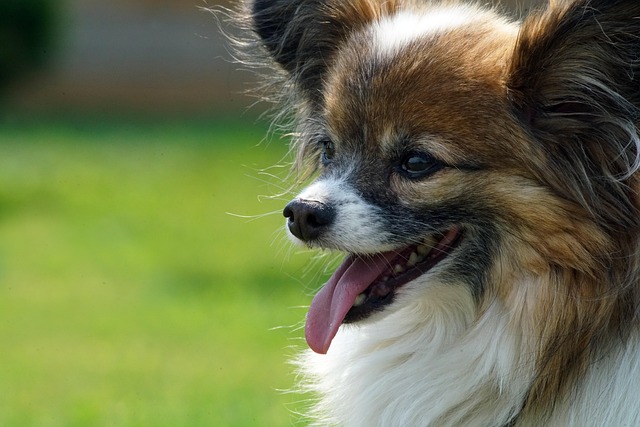
Your practical strategy at home revolves around management and positive association. First, manage the environment to prevent rehearsing the aggressive behavior. Feed your dog in a separate, quiet room with the door closed, away from people and other pets. This eliminates the trigger and keeps everyone safe. Next, with professional guidance, begin the counterconditioning process. Start at a distance where your dog notices you but does not react. The moment they see you, toss an incredibly high-value treat (like a piece of chicken) toward their bowl, then calmly walk away. You are not taking anything; you are adding something wonderful. Gradually, over many sessions, you can decrease the distance. The goal is to build a positive conditioned emotional response where your presence becomes a good thing.
Addressing this issue responsibly is deeply intertwined with your legal and community duties. A dog with a history of aggression has specific implications. Ensuring your dog’s rabies vaccination is scrupulously up-to-date is a fundamental legal requirement; a bite incident will trigger a mandatory quarantine process. Furthermore, your commitment to safety extends to public etiquette. While working on this issue, be hyper-vigilant about not bringing your dog into high-trigger environments like outdoor cafes or pet stores. Your walks are for quiet, focused potty breaks only, and you must be meticulous about leash laws and always cleaning up waste. For those in apartments, proactively managing meal times prevents noise and stress that could disturb neighbors. Ultimately, tackling food aggression is a commitment to responsible dog ownership, ensuring the safety and well-being of your entire household and community.

Watching your dog tense up or bark at every other pup during walks can feel frustrating, but socialization doesn’t have to be a struggle—it just needs patience and the right approach.
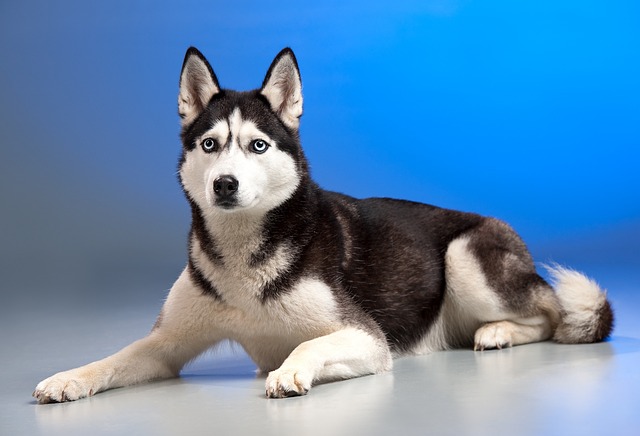
Watching your fluffy husky puppy clamp down on your hand during playtime might feel cute at first—until their sharp puppy teeth break the skin.
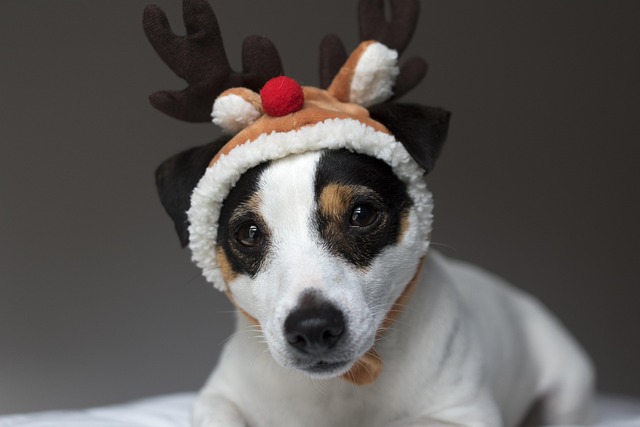
Finding a familiar pile on your front lawn or even inside near the door can be frustrating, especially if you’ve been trying to train your pup to go elsewhere.
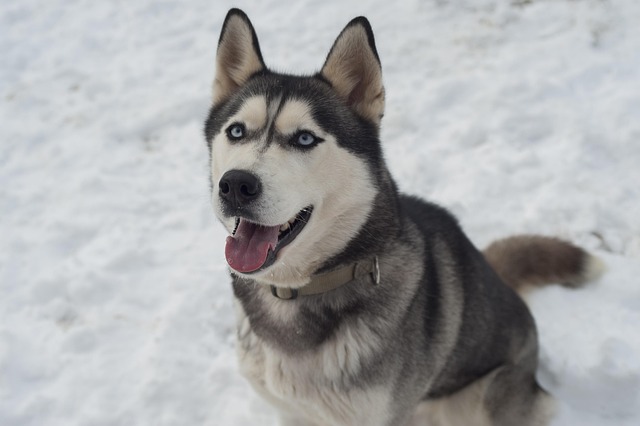
Finding puddles or messes on your carpet right after work is never fun—especially when you’re already juggling a busy schedule. The first step isn’t scolding your pup; dogs don’t connect punishment to old accidents.

Picture this: you have your treat pouch on, ready for a training session, and both of your dogs are eagerly watching you.
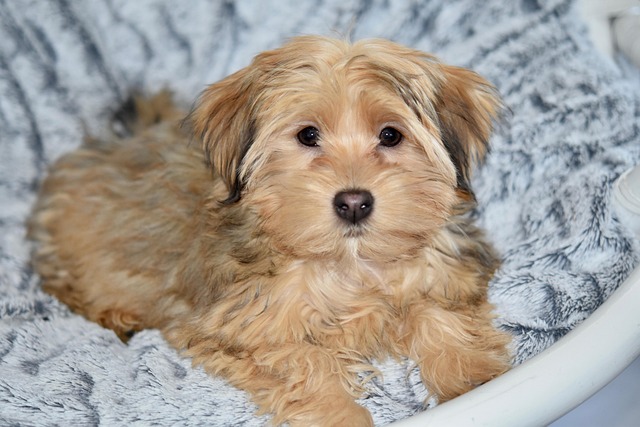
Yorkshire terrier puppies have tiny bladders, so sticking to a consistent schedule is key—try taking them out first thing in the morning, right after meals, and before bed.